Musings
Our neighbors are doing some flinging preparatory to remodeling, and gifted this fine selection to JCB.
Takes me back—and I was never a graphic designer!
Mmmmmm; kitchen smells great—regular white ’taters, cauliflower, and brussels sprouts are roasting in the oven….
Posted at 7:12 PM |
3 Comments »
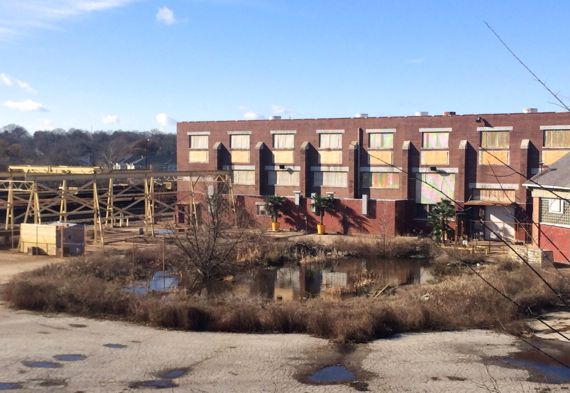
Find this ex-roundhouse and turntable here (33.73155,-84.39808) on a map.
This Southern Railway complex was called the South Shops, later the Pegram Shops. The railroad infrastructure has been decommissioned as the shipping business has shifted to the roads (semis and containers). It’s across I-75/85 from Turner Field, now slated for destruction.
What cracked me up are the huge potted palm trees against the building. John says they use the complex as a movie set.
We visited another historic building, the hilltop former Coats & Clark thread mill (on a map here: 33.83189,-84.65691). They just did the spinning there; dying was elsewhere. The mill closed in 1983, and it’s now (at least an attempt at) a mall.
Read more about the thread mill from the historical marker text….
Posted at 6:01 PM |
Comments Off on Historical industrial buildings: A sample
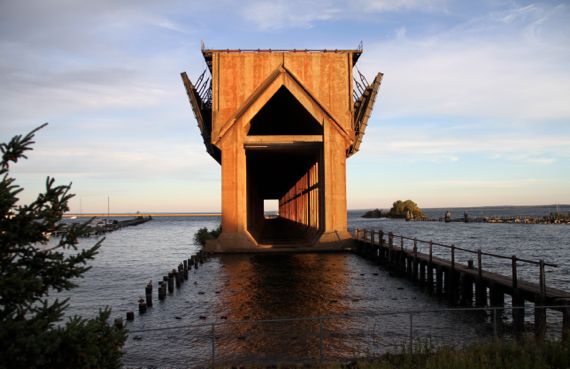
Marquette, like many towns, has shifted the focus of its downtown from an industrial to a touristrial (??) and service orientation. In this case, they’ve left a major visual element of the old Marquette, this ore dock is partially preserved. The wooden trestle that bridged from land to dock is gone, and we watched mallards sleeping and preening on the pier-stubs.
This is a huge structure, wide enough to have two sets of rails so ships on either side could be loaded simultaneously.
Speaking of gravity fed, we very much enjoyed our upscale meal at L’Attitude, with a fine view of this dock from our seats.
Read more about Marquette on WikiPee here, or from the downtown biz org here. Read more about ore docks on WikiPeehere; there’s also a B&W photo of this ore dock when it was still in use.
Posted at 10:22 PM |
1 Comment »

I’ve been trying to get a handle on the sociopolitical and economic climate across the Mediterranean and beyond during the third through fifth centuries AD when the Roman Empire shifted from being Rome-centric to…not. Complicated—and additionally complicated by historians that avoided the period in many ways, I suspect in part because they didn’t have the volume of records they had for earlier and later periods.
Anyway, I also made a quick review of our pictures from Provence last year, and this view of the Avignon pope-fortress tied both topics together—of course, the Avignon papacy was MUCH later…. But the antecedents….
Posted at 10:22 PM |
Comments Off on Parting the veil of time

Last month (is it really September? Oh my), I encountered several versions of stories about the charity organization that decided to just give money, no strings attached, directly to the people they sought to help. (NPR transcript here.)
Turns out, this village in Kenya, the recipients took their windfall and invested it in their futures. However, one thing many people did that First World outsiders found interesting was, they often used some of the money to replace their thatch roofs with metal roofs. I can understand that. Thatch involves maintenance, and apparently, in this area anyway, the right thatch-grass had to be purchased, and was not inexpensive. The metal took up-front money few had, but seemed an obvious purchase for many—clearly!
This roof (not grass/thatch) looks like it would have taken at least annual attention….
Posted at 10:22 PM |
1 Comment »
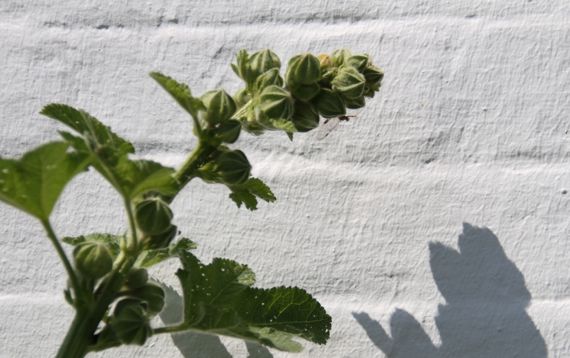
Trying to figure out how urban/suburban Rome provisioned itself. Sure, the wheat/spelt came from Sicily (and elsewhere), and a lot of other foodstuffs (especially fruit/veg and tree crops) from villa-farms and small farms not terribly far from Rome, but what about building stone and millstones? Wooden building materials and firewood? How were mural painters and sculptors trained and supported? Shipbuilding? And…and?
I have such a mono-cropping template in my head I don’t think I do a good job of imagining the productivity of intercropped fields with grain growing beneath nut-trees, and vegetable mixes around country residences.
So many amphorae were shipped to Rome (with nothing to be shipped out in them), there’s a mountain of broken sherds, even today something like 36 m high. These were, as I understand it, sherds from the ones that contained olive oil. Others were used as fill elsewhere in the city, but apparently the oil-filled amphorae became rancid/stinky, so they were broken, dumped on a waste-pile that became a mountain, and sprinkled with lime to dampen the odor. (I imagine that the high-umami garum amphorae were also stinky—but maybe not to Romans.)
Today it’s called Monte Testaccio, Mount Potsherd. Okay, big pile of potsherds. After all, amphorae were thick-walled to be good shipping containers. So they made big sherds. And with nothing to be shipped out in them, once emptied, they were…garbage.
An overwhelming percentage of the amphorae were pot-bellied in shape, and made in a small area along the middle Guadalquivir Valley in southern Iberia.
Very complicated. Very interesting.
Posted at 10:31 PM |
Comments Off on Amphorae junque

I think I’ve put this mural-sign up before, but here’s this year’s version of viney-signey.
As to Rome-research, I found this fantastic map (Flash) by Katherine Wentworth Rinne showing change over time in springs, creeks/drainage, and aqueducts in central Rome (the Italian one, not the one up the way).
Posted at 10:22 PM |
Comments Off on Time and time

Transportation networks—how accessible? how expensive?—are an important factor in the development of civilizations. Now it’s independent of communication (that is, the movement of information and ideas), and the perspective from today’s world, with the two separate, makes it more difficult to look back into the hazy deep-past to times when information only moved if people did.
Posted at 10:22 PM |
1 Comment »
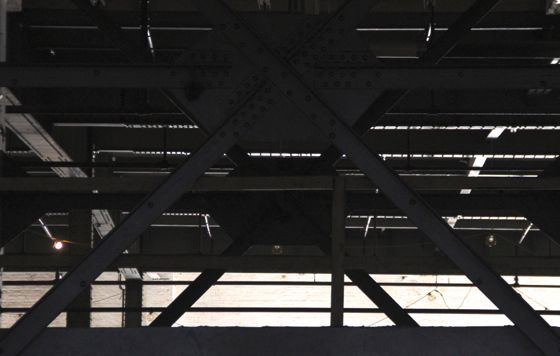
This image is misleading. First, it’s from last winter/spring. And, it’s structure/superstructure. Whereas for much of the day I was thinking about foundations. Of the Roman florescence. The ancient one.
Posted at 10:22 PM |
Comments Off on Opposite of foundation
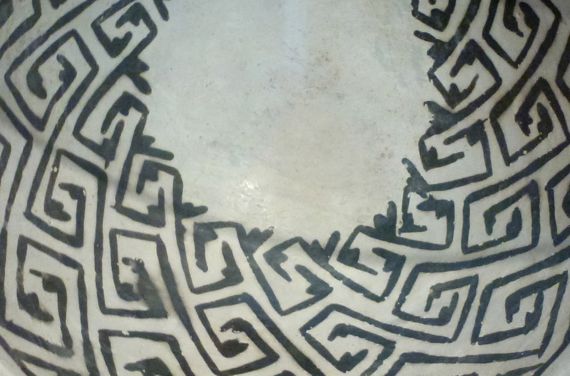
I’ve been thinking about Rome and its treasures and history, so to me this resembles the oculus in the roof of the Pantheon. But it’s the decorated interior of a hemispherical pot.
Posted at 5:28 PM |
Comments Off on Heavens above









